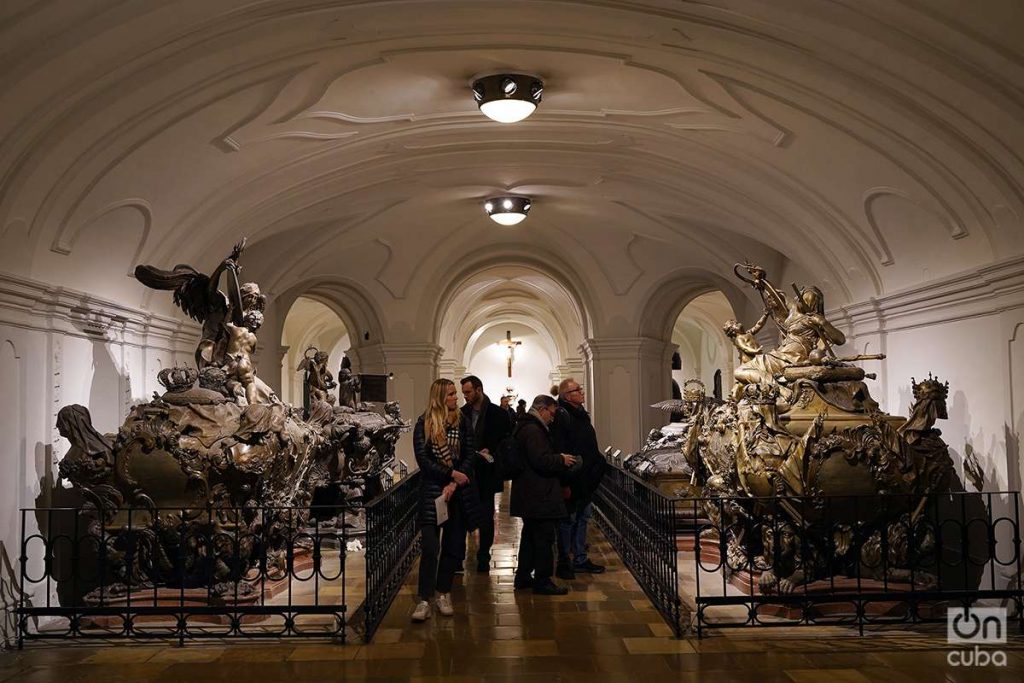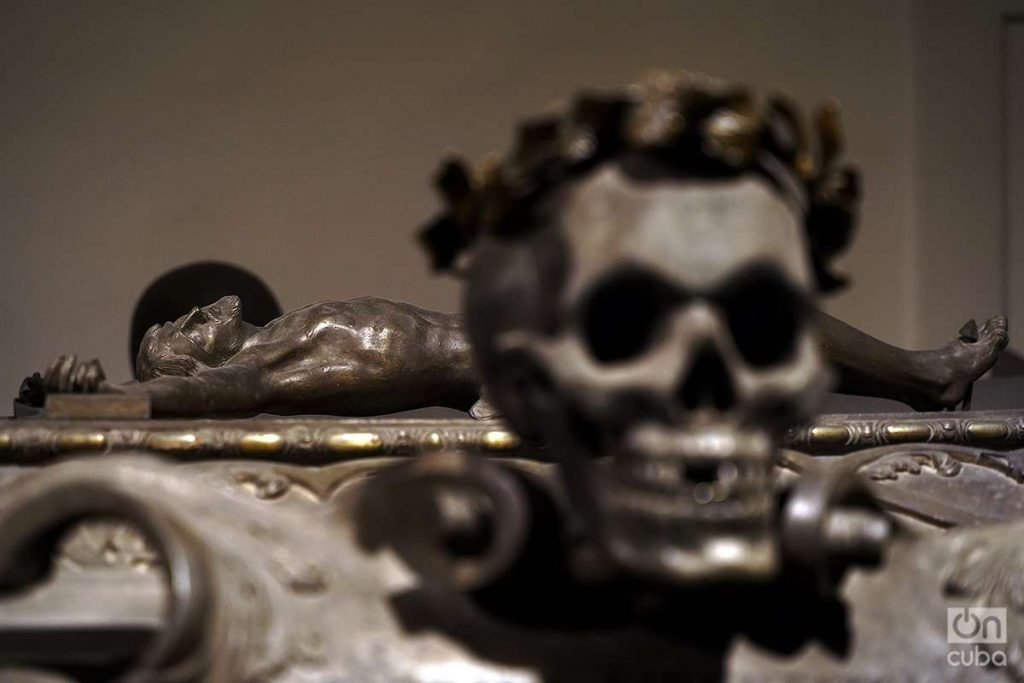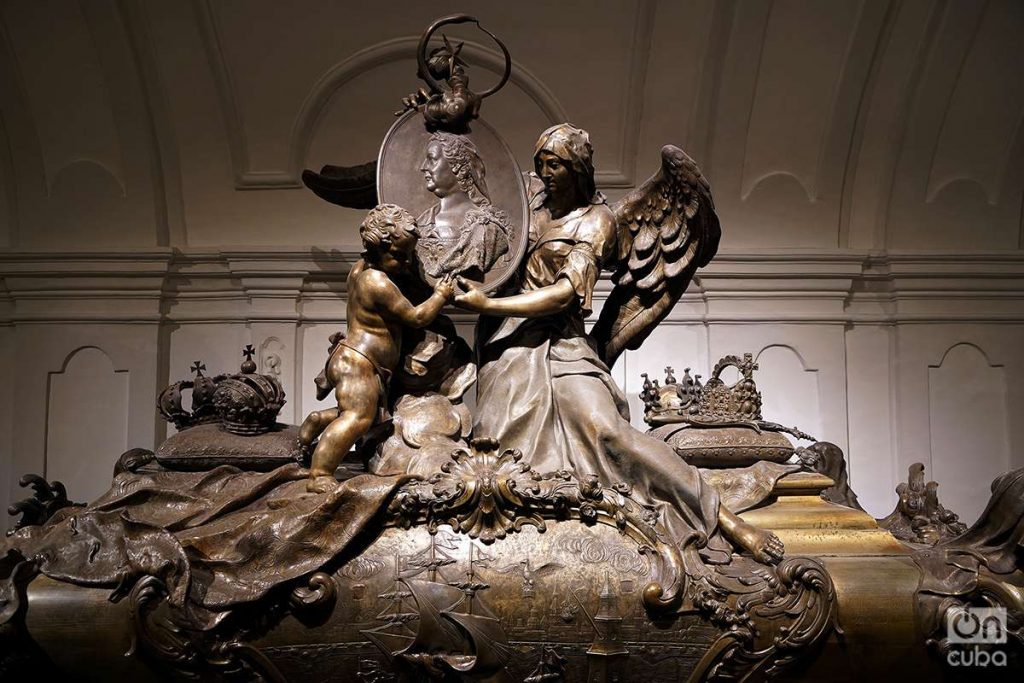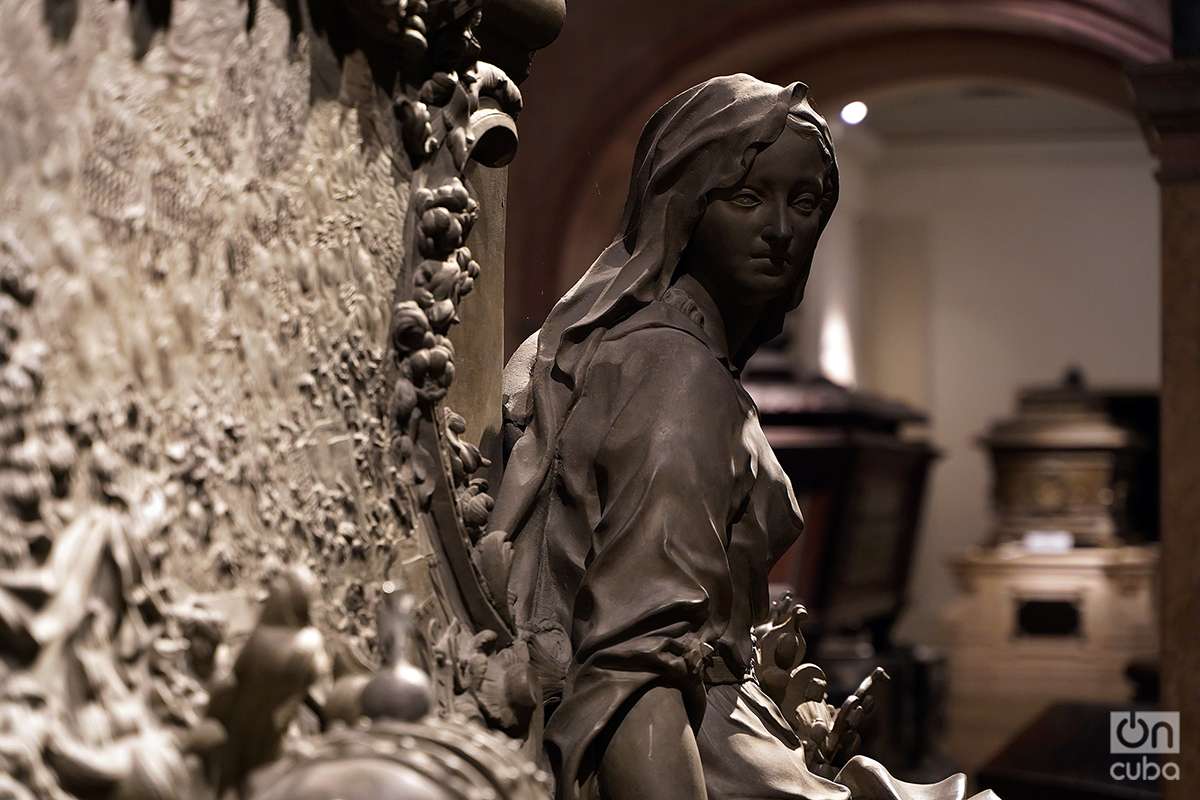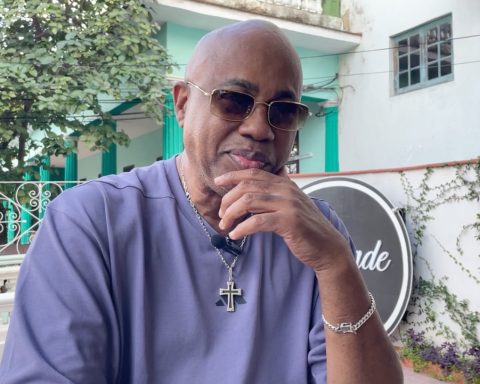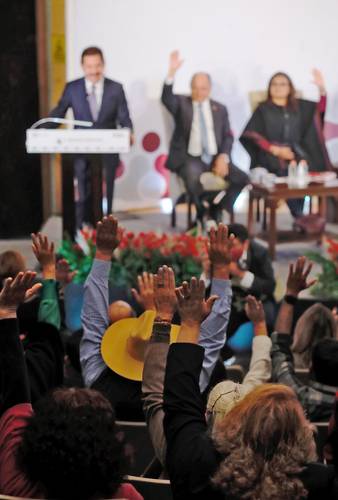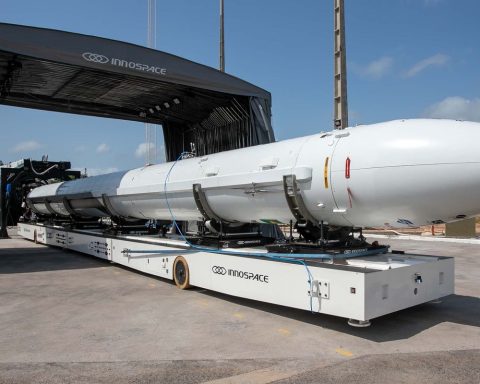Everyone arrives at the Imperial Crypt in Vienna looking for the tomb of Empress Sissi, and there it is. But, to the surprise of many, also those of the rest of the members of the Habsburg dynasty who have died in the last four hundred years.
The most visited and the one that always has fresh flowers at its feet is that of Sissi, undoubtedly the best known of the family thanks to the films about her life starring actress Romy Schneider in the last century.
The Imperial Crypt of Vienna was founded in 1618 by the Empress Ana. It is located below the Church of the Capuchins, in the heart of the city, and these monks are in charge of guarding the 150 bodies of the imperial family that rest there. among which those of twelve emperors and eighteen empresses stand out for their rank.
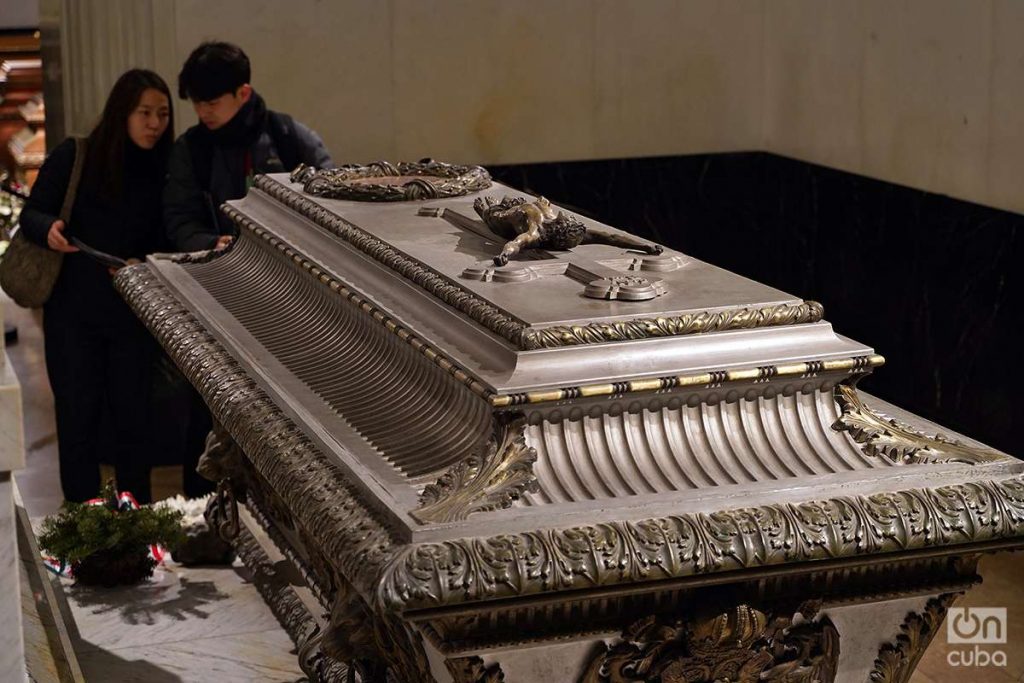
Some corpses are incomplete. By some strange custom, more than fifty hearts of these noble people, never better said, are kept in silver urns in the Crypt of Hearts, in the nearby Church of San Agustín.

The crypt, painted white, has vaulted ceilings in the Baroque style. Under them, in sarcophagi that are true works of art, rest the mortal remains of the powerful European dynasty. The coffins of Emperor Matías and his wife Ana, the founders, are austere, made of lead and hardly decorated, as an expression of piety and simplicity. On the other hand, the mausoleum of Empress Maria Theresa and her husband Francisco, who reigned at the height of the Austro-Hungarian Empire, is huge and profusely decorated with human figures, an angel and skulls.
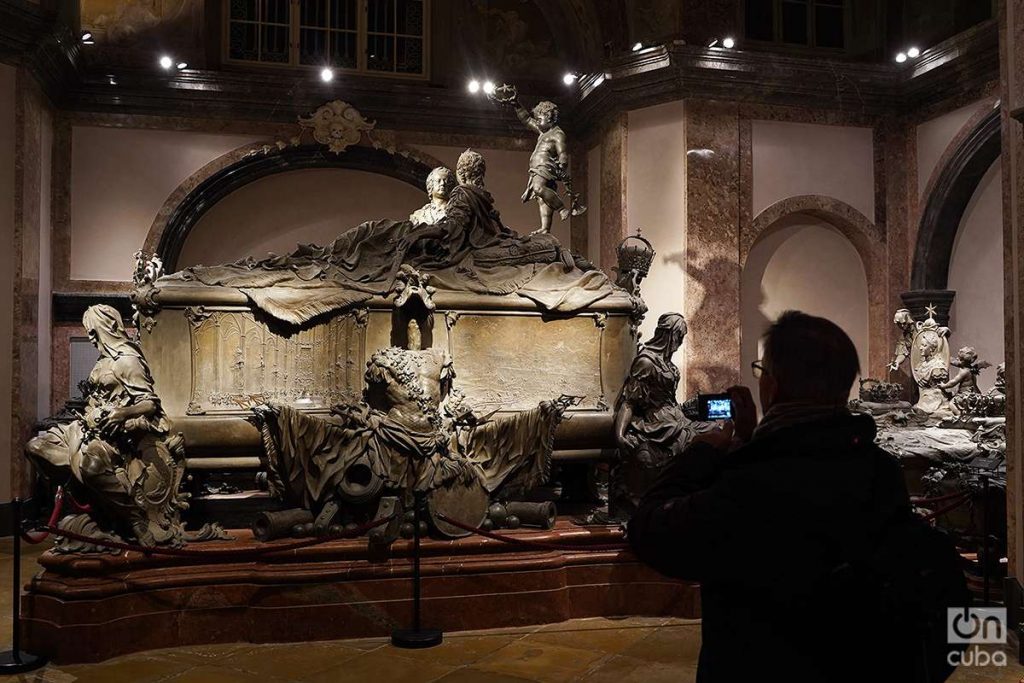
The sarcophagi are made of metal and display symbols of power such as crowns, swords, scepters and orbs. They are also adorned by sculptures of Jesus on the cross, angels or lions and eagles that symbolize strength. But the dark and gloomy touch is provided by an endless number of toothless skulls and crossbones that remind us that, whoever we are, sooner or later, in the end, death always awaits us, a winner. The reminder represented in this way is called memento mori: in Latin, “remember that you will die”.
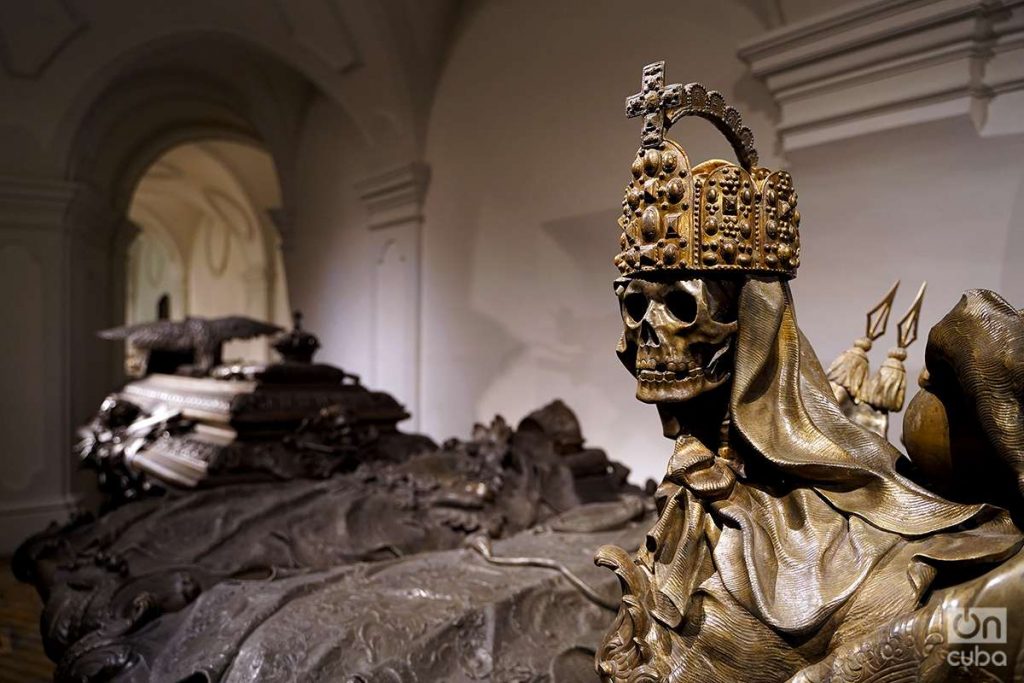
The one that attracts visitors from all over the world is that of Empress Elizabeth, known as Sissi. Beautiful and intelligent woman; but unhappy, bulimic, addicted to cocaine and prone to depression, lover of poetry and classical culture, whom the European courts of the time saw as irresponsible and extravagant.
Ironically, Sissi does not rest in the Capuchin Crypt of her own free will. She had chosen to rest on the shores of the Mediterranean, in Corfu or Ithaca; but because of her status as empress, today she does so in a simple copper coffin next to her husband, Emperor Franz Joseph.
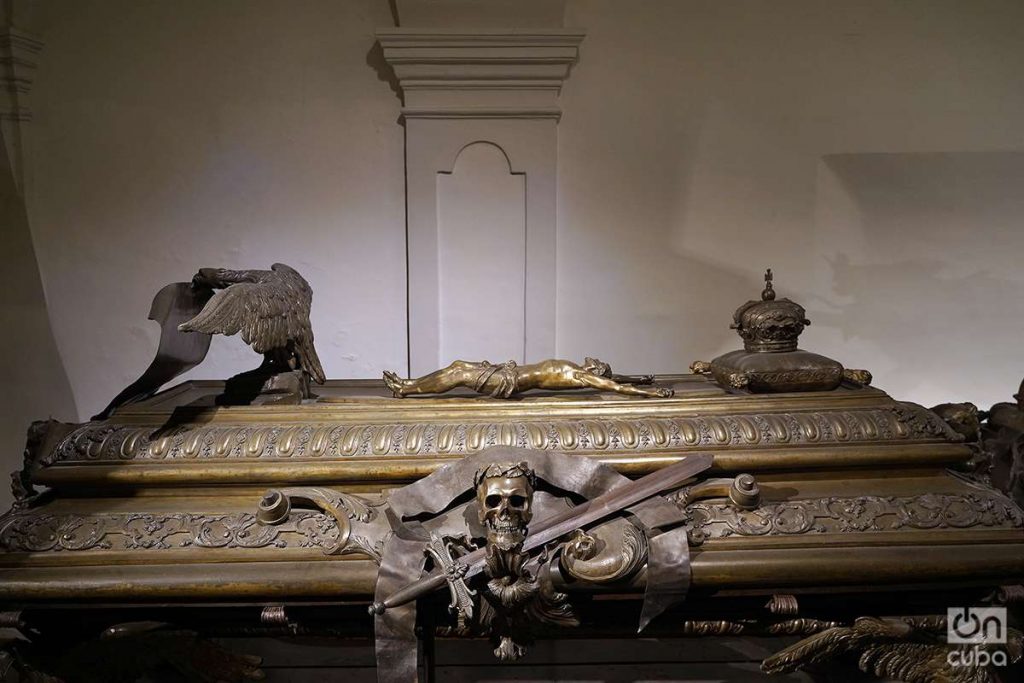
The rooms of the crypt have been enlarged over the years to house so many coffins, many of them with grand proportions and ornate decoration. The last emperor to be buried here was Franz Joseph, in 1916. But some more Habsburgs still came to the crypt. In 1989 Zita, the last Austrian empress, was buried, and in 2011 it was the turn of Prince Otto and his wife Regina.
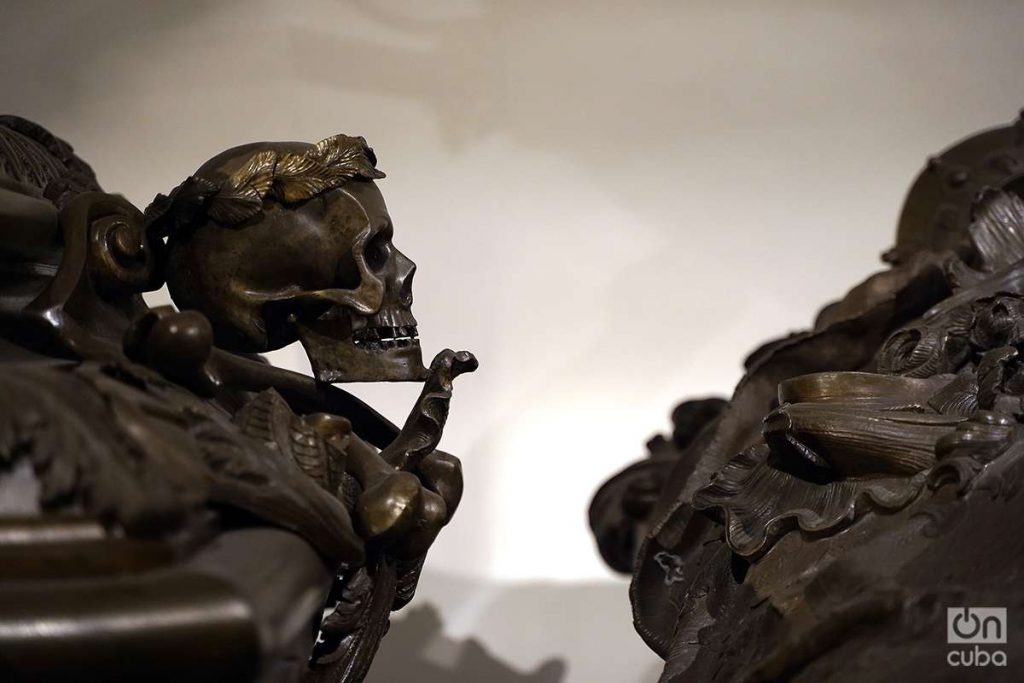
They say that when a Habsburg died, his spirit had to knock on the door of the Crypt and say his name to the monk who guarded it. If the deceased identified with his noble titles, they would not let him in, even if he were the emperor himself. The key for the doors to open and to be buried in the Imperial Crypt was to answer: “I am So-and-so, humble servant of God.” Only in this way could one access eternal rest in the sacred place: showing humility and accepting that before the Lord and before death, we are all equal.
